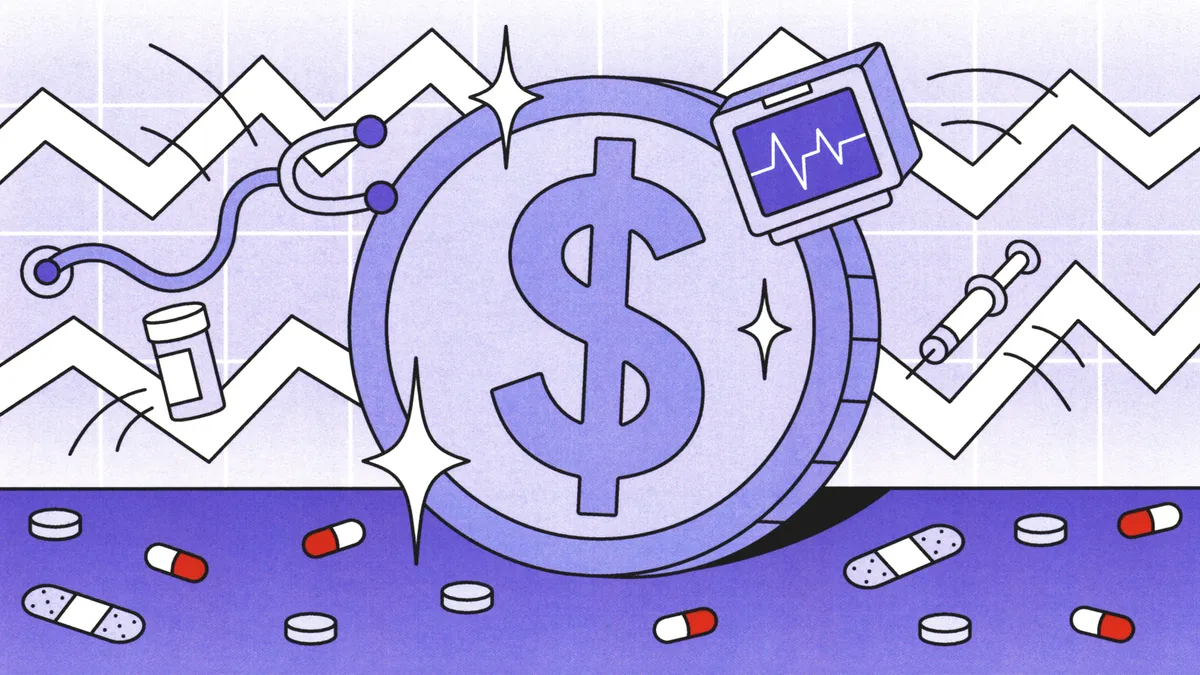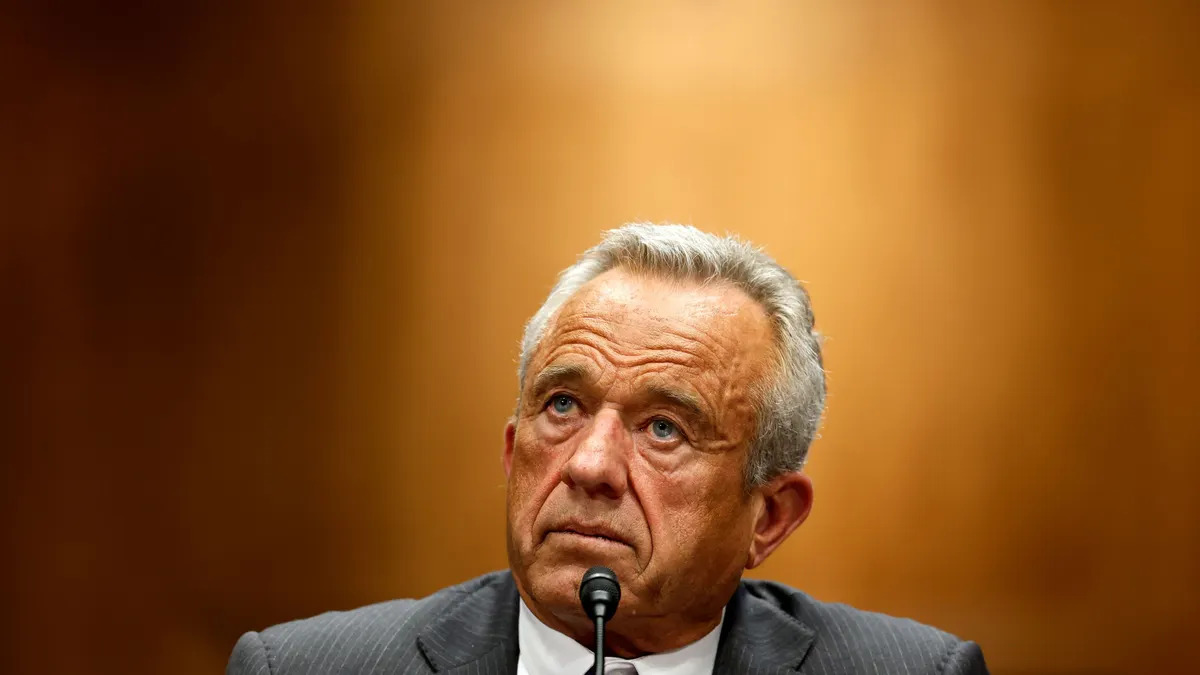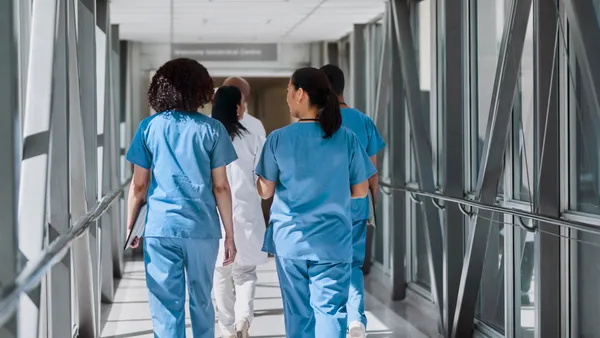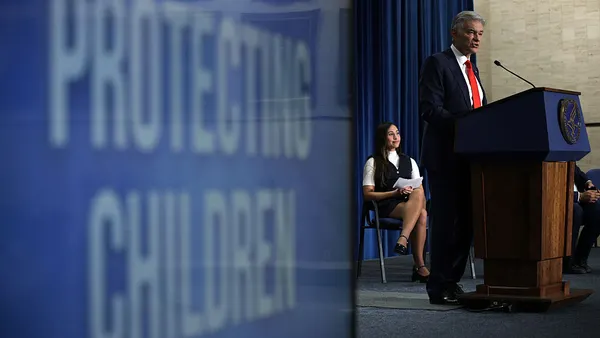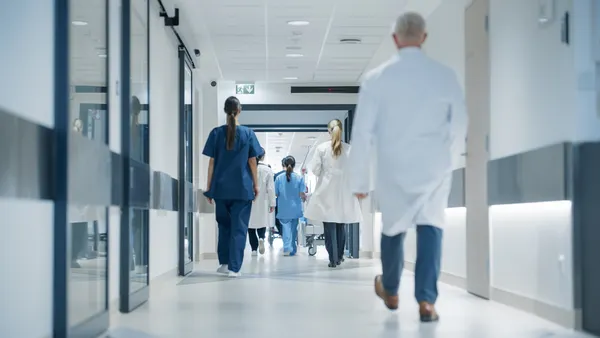Dive Brief:
- Universal Health Services reported earnings for the first quarter on Monday evening that came in below Wall Street’s expectations for revenue. The for-profit’s behavioral health business also underperformed compared to its acute care service line.
- Behavioral health adjusted admissions declined by 1.6% compared to the prior year, while acute care admissions grew by 2.4%. Executives blamed the leap year in 2024 and atypical winter weather in some markets for depressed patient days, noting adolescent behavioral care utilization rates were particularly impacted by weather-related school closures.
- CEO Marc Miller told investors during a Tuesday morning earnings call that UHS could get its behavioral health unit back on track to grow patient day revenue by 2.5% to 3% by the end of the year. However, the executive declined to specify when investors could expect to see improvement and dodged questions about whether volumes are expected to improve in the second quarter or the back half of the year.
Dive Insight:
UHS, which operates 29 inpatient acute care hospitals, 334 inpatient behavioral health facilities and a network of outpatient facilities, splits its earnings into its acute care services and behavioral health service lines.
Typically, behavioral health is the star of the show. The service line drove a significant portion of the operator’s business in 2024 and is a focal point for the system’s capital expenditure strategy this year. In February, executives said UHS planned to open between 10 to 12 outpatient behavioral facilities each year going forward.
Investors spent much of Tuesday’s earnings call pressing the King of Prussia, Pennsylvania-based provider about its behavioral health performance and how UHS plans to right the ship.
CFO Steve Filton said behavioral health volumes were impacted by events ranging from the weather to Easter and spring break during the first quarter. However, Filton said he had confidence UHS could meet its “reasonable” target for 2.5% to 3% patient day revenue growth.
UHS’ mixed first-quarter earnings report comes as providers are contending with possible changes to the hospital operating landscape, including new tariffs and cuts to federal funding, which could put future pressure on balance sheets, according to analysts.
Delays to state supplemental payment programs have been one pain point for providers under the Trump administration. Providers use the payments, which are typically approved intermittently throughout the year, to help cover the shortfall from treating Medicaid patients.
In a research note published earlier this month, JP Morgan noted the Trump administration has only approved three Medicaid supplemental payment programs worth approximately $100 million since January. In comparison, the Biden administration approved 37 programs worth $33.7 billion between Jan. 20, 2024, and April 21, 2024.
While UHS received $82 million from a recently approved supplemental payment program in Nevada, the system is down $144 million year over year due to the program payment delays, according to UHS.
UHS is currently waiting on approvals in Tennessee and Washington, D.C., executives said. Miller said there are signs that the approval process has been “resurrected,” noting that after “what seemed like a full pause in any new approvals or re-approvals by the Trump administration,” the process has begun to show signs of life.
Still, both analysts and executives indicated that UHS would be wise to depend less on state supplemental payments for revenue in the long-term.
“We certainly are not counting on growth in those programs, and it’s certainly possible that we will see some deceleration in those supplemental payments or in under Medicaid reimbursement,” Miller said. “And I think what that really means ultimately, is... we’re going to [have to] grow the behavioral business in the intermediate and long term... and that’s why it’s important that we get to that 2.5% to 3% patient day target.”
UHS reaffirmed its guidance for 2025 and expects to take in between $17 billion and $17.4 billion in net revenue.
The health system reported net revenue of $4.1 billion and a net income of $316.7 million, compared with $261.8 million reported in the same period the year prior.


